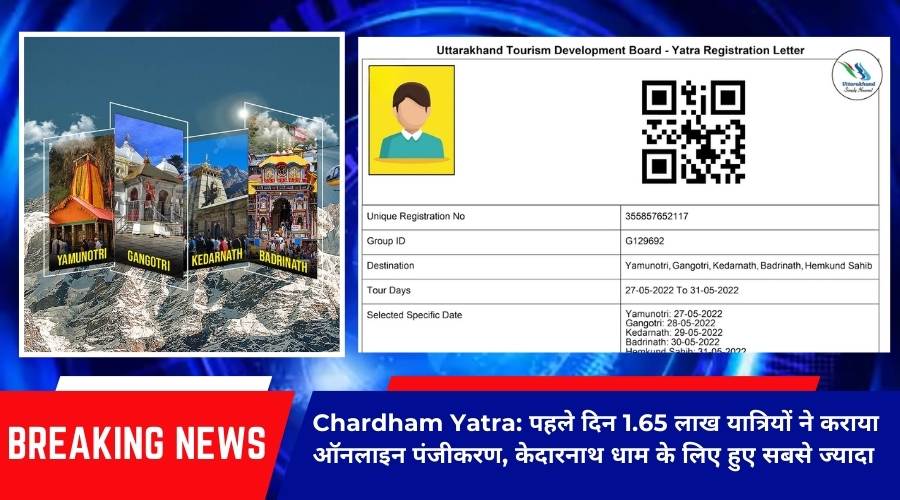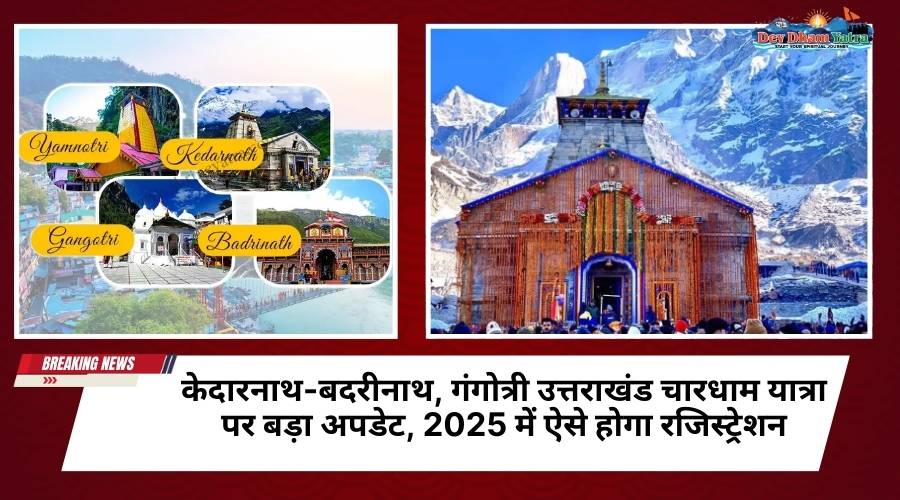Introduction
Nestled in the heart of Maharashtra, the Kailasa Temple, Ellora stands as a testament to ancient Indian craftsmanship and devotion. This architectural wonder, carved entirely from a single rock, is one of the most remarkable temples in India, attracting thousands of visitors every year. Its grandeur and intricate carvings offer a glimpse into the rich spiritual heritage of the region, making it a must-visit destination for history buffs and spiritual seekers alike.
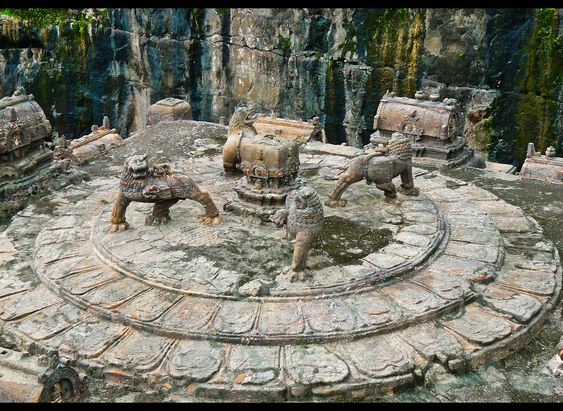
Historical Background
The Kailasa Temple, Ellora dates back to the 8th century CE and is part of the Ellora Caves, a UNESCO World Heritage Site. This incredible structure was commissioned by Rashtrakuta king Krishna I and is dedicated to Lord Shiva. The temple is carved from a single basalt rock and spans an area of approximately 2,000 square feet, making it one of the largest monolithic rock-cut temples in the world.
The creation of the Kailasa Temple is a significant achievement in ancient engineering, requiring an extraordinary amount of skill and precision. Over 12 years, around 7,000 laborers worked tirelessly to chisel this magnificent edifice, which embodies the zenith of Indian rock-cut architecture.
Architectural Marvel
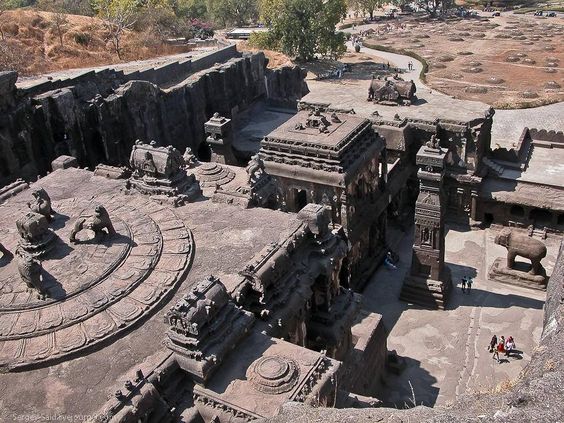
The Kailasa Temple, Ellora showcases a unique architectural style that blends various elements from different periods. The temple is characterized by its massive structure, intricate carvings, and stunning sculptures that depict various Hindu deities, celestial beings, and mythological scenes.
As you approach the temple, you’ll notice the grand entrance flanked by two majestic elephants carved from rock. The temple features a multi-tiered structure with a central shrine dedicated to Lord Shiva. The intricate details on the walls, pillars, and ceilings depict scenes from Hindu mythology, including the famous Ravana shaking Mount Kailasa.
One of the most captivating aspects of the Kailasa Temple, Ellora is its towering height, reaching over 30 meters. The temple is designed in a way that allows natural light to filter through, illuminating the inner sanctum. The engineering techniques used in its construction, such as water drainage systems and ventilation, showcase the ingenuity of ancient architects.
Symbolism and Spiritual Significance
The Kailasa Temple, Ellora is not merely an architectural marvel; it is also a symbol of devotion and spirituality. The temple’s design represents Mount Kailasa, the mythical abode of Lord Shiva, making it a significant pilgrimage site for devotees.
Each carving and sculpture within the temple tells a story and serves a purpose. The temple’s layout is designed to facilitate meditation and spiritual contemplation, allowing visitors to connect with the divine. The presence of various deities, such as Parvati and Ganesha, emphasizes the temple’s role in the broader spectrum of Hindu worship.
The atmosphere surrounding the Kailasa Temple, Ellora is imbued with a sense of tranquility and reverence, making it an ideal place for spiritual seekers. The temple serves as a reminder of the enduring connection between humanity and the divine, showcasing the rich tapestry of Indian spirituality.
The Legends of Kailasa Temple
Numerous legends surround the Kailasa Temple, Ellora, adding to its mystique. One popular tale recounts how Lord Shiva himself guided the construction of the temple, blessing the artisans with his divine vision. It is said that the laborers were able to complete the temple in such a short time due to Shiva’s grace.
Another fascinating legend involves the demon king Ravana, who attempted to lift Mount Kailasa to prove his strength. In his arrogance, he believed that he could defeat Shiva, but the lord crushed him under the mountain, teaching him a lesson in humility. This story is vividly depicted in the temple’s carvings, showcasing the eternal struggle between good and evil.
These legends not only enrich the cultural significance of the Kailasa Temple, Ellora but also offer insights into the values and beliefs of ancient Indian society.
Visiting Kailasa Temple
If you plan to visit the Kailasa Temple, Ellora, there are several factors to consider to make the most of your experience.
Best Time to Visit
The ideal time to visit the Kailasa Temple, Ellora is between October and March when the weather is pleasant and conducive for exploration. During this period, you can comfortably roam around the temple complex and appreciate the intricate details of the carvings.
How to Reach
The Kailasa Temple, Ellora is well-connected by road and rail. The nearest major city is Aurangabad, approximately 30 kilometers away. From Aurangabad, you can hire a taxi or take a local bus to reach the temple complex. The nearest airport is Aurangabad Airport, which is connected to major Indian cities.
Nearby Attractions
While visiting the Kailasa Temple, Ellora, take the time to explore other nearby attractions, such as:
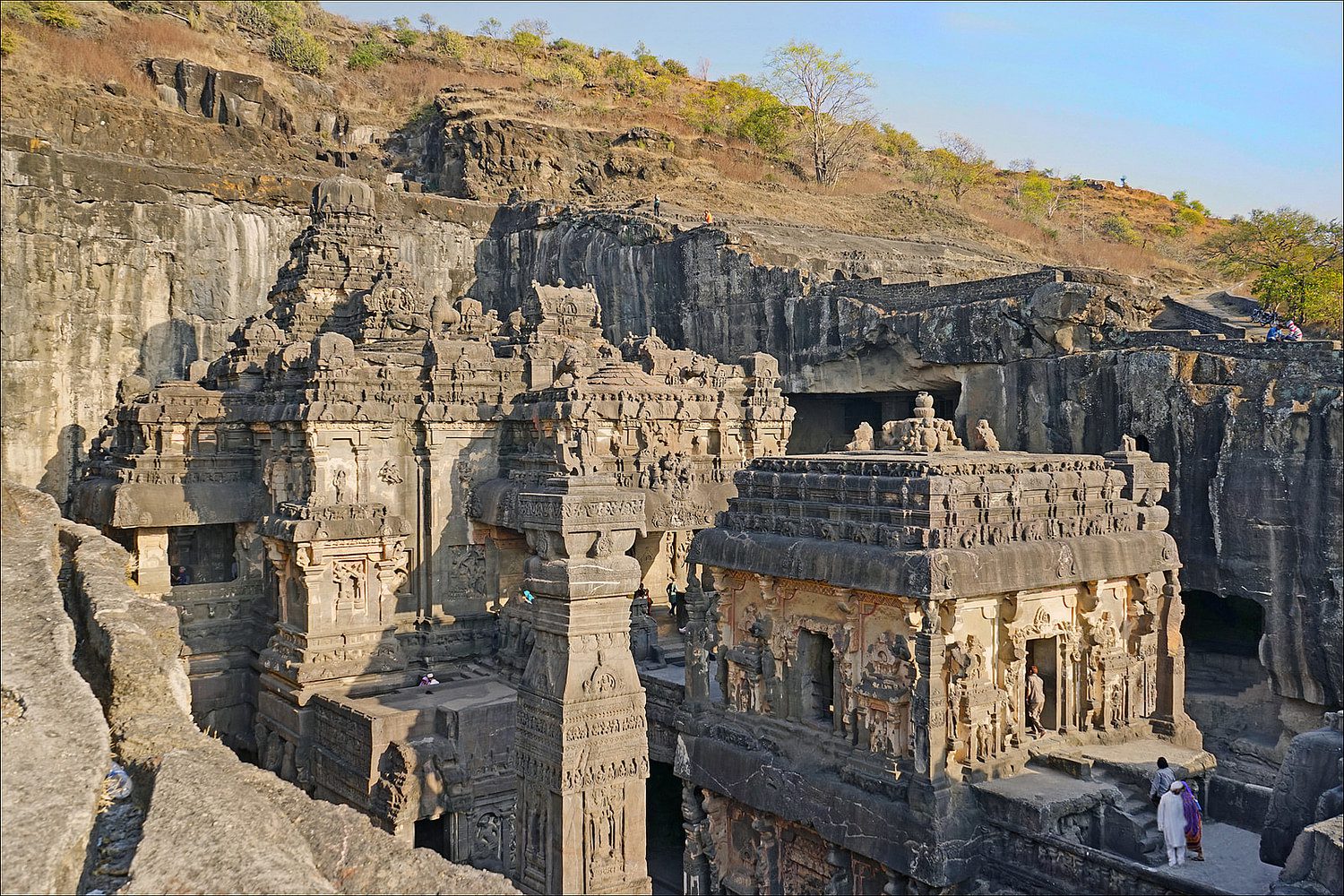
- Ajanta Caves: Another UNESCO World Heritage Site, known for its stunning frescoes and rock-cut architecture.
- Ellora Caves: Besides the Kailasa Temple, the Ellora complex features several other remarkable caves, including Buddhist and Jain temples.
- Aurangabad Caves: A lesser-known gem, these caves are adorned with ancient Buddhist sculptures.
Conclusion
The Kailasa Temple, Ellora stands as a magnificent symbol of India’s architectural brilliance and spiritual heritage. Its intricate carvings, rich legends, and serene atmosphere make it a unique destination for travelers and spiritual seekers. Whether you are an architecture enthusiast, a history buff, or a devotee, the temple promises a captivating experience that transcends time and leaves an indelible mark on your soul. If you haven’t yet visited this extraordinary site, make it a part of your travel itinerary to experience the wonder of the Kailasa Temple, Ellora firsthand.
Embrace the journey and immerse yourself in the history and spirituality that this incredible temple has to offer!
For more such intresting facts and articles about the temples in india dont forget to visit our website’s blog page by clicking here.





